The question that we looked at was if the size of males, females, and females with eggs in a sand crab population on Ocean Beach change over a ten year period. Well, based off of recent monitoring at Ocean Beach on September 2013 in comparison to research at Ocean Beach on September 2003, size of males, females, and females with eggs in a sand crab population on Ocean Beach does change over a ten year period.

According to the graph, males were smaller in 2003 than those in 2013. However, females are typically much bigger than males because they have to carry eggs on their own. Females are dominant in the sand crab world! Go ladies! Females varied in size in the year 2003 (10mm-17mm) as opposed to those in 2013 who also varied in size, but in 2013, they were much larger (19mm-25mm). Females with eggs in 2003 seem to be smaller (averageL 24mm) than those in 2013 who varied in size (19mm-34mm). In this article, it states that, “The reproductive condition of all female crabs > 8.0 mm CL was recorded.” Especially for females with eggs and even females, they need bigger bodies in order to hold their eggs as opposed to males who do not need to carry any eggs. Who knows why they are much more bigger than they were in 2003. It could possibly be because of the environment they are living in and the resources that are provided to them.
Being able to actually see and monitor these sand crabs gave a more clear explanation about why monitoring is important and not only why sand crabs are important, but why populations of marine life are important. In addition to this, by comparing the research done in 2003 and 2013, the sand crabs monitored in 2013 were much larger than the ones in 2003. Why is that? Pollution could have been a contributing factor in 2003 or it could be that more necessities are available to them now in 2013.
Regardless, pollution is a major issue especially for marine life. Since these sand crabs live in the swash zone, which the area of the ocean contaminated the most by pollution and toxins, could effect their population and/or how they grow over time. Considering the fact that sand crabs are filter feeders, they will ingest the polluted organisms and it will progress up the food chain. Although sand crab seem to be useless and irrelevant creatures, they are important just like any other animal out there in the open. Pollution could wipe out an entire species.So please pick up your trash!!
Pollution is not only the contributing factor on how it affects population growth or decrease.Depending on location, sand crabs will thrive in their most suitable habitat. In addition to this, swash climate, food availability, and other environmental conditions affect how sand crabs grow and thrive within their population. In comparison to the question, the sex of a sand crab determines how big or small sand crabs get. Food availability and swash zone climate is an important factor on sand crab growth. Because many marine animals prey on sand crabs, it is important for them to evolve. Although it is a weird way of looking at how they are important, it is the cycle of life and this connects to why we shouldn’t pollute our oceans!! We want the marine world to thrive and be healthy.
Monitoring these sand crabs is like a little check up to see how they are doing. To be able to record and see how they are doing is a good sign of growth not only for them, but for other species living in the swash zone and beyond. Based off of personal experience, monitoring sand crabs makes you want to save and help keep marine species healthy. Going to Ocean Beach was a great experience and could help others learn more about how the little things matter. They have an huge impact believe it or not.



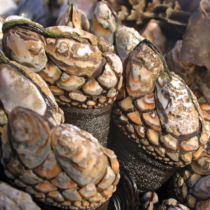
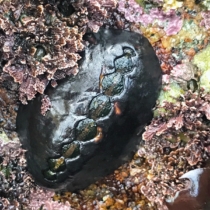
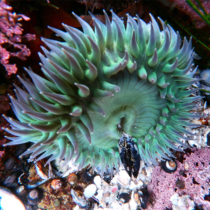

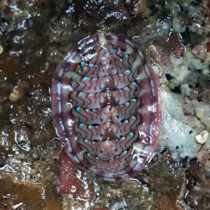
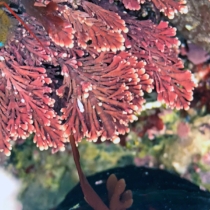
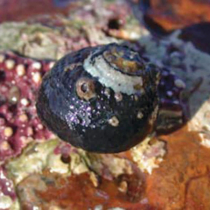


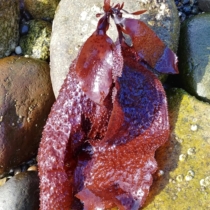
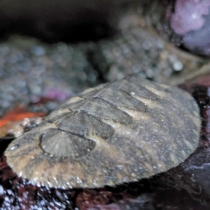

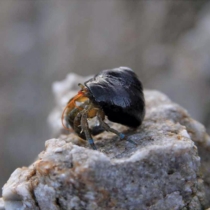

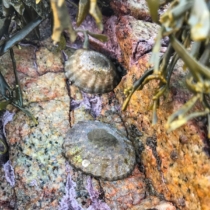
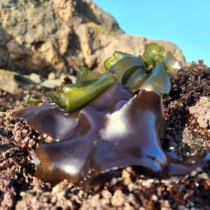
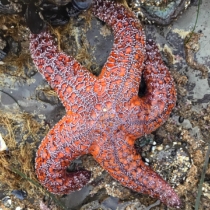
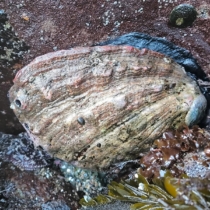
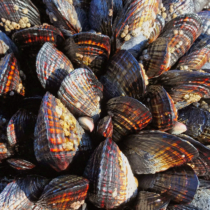
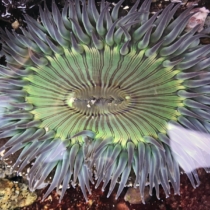
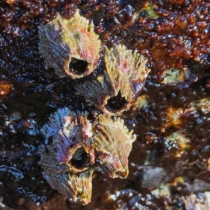
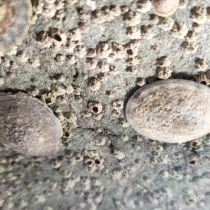
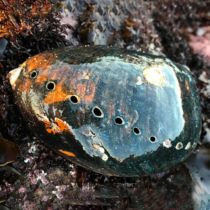
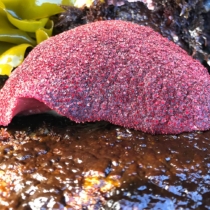

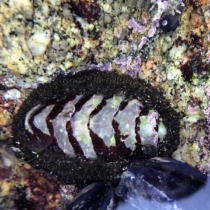
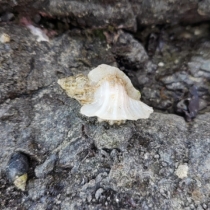

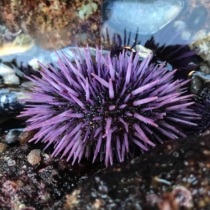
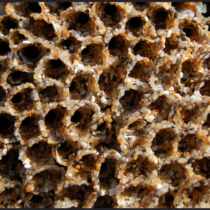

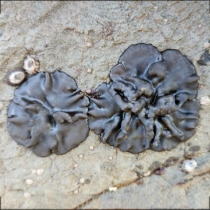
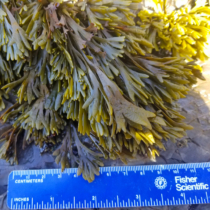
Really nice discussion of what COULD be causing the differences in the size of females from two different years. Perhaps temperature? Food? You mention pollution too. An important thing to consider. And actually, no one really knows how (or if) most pollutants affect a sand crab’s ability to grow, reproduce. etc. What IS known is that toxins are bioaccumulated in crabs and transferred up the food chain, as you mention. Yikes.
“In most cases when size differences exist between the male and female of a species, it is the male that is the larger of the two sexes. But in a few species, such as birds of prey and owls, it is the female is the larger of the sexes and such a size difference is referred to as reverse sexual dimorphism.”
Sexual dimorphism can be seen in many marine species – we also see it in sand crab populations. What do you guys think the functional significance of this could be? Why are the ladies bigger? I am sure there is not just one answer – but something to ponder.
YAY! Good work, I loved learning all about sand crabs. What messages are you trying to say in this? -Paula Crabdul
I think your blog is really good and has a lot of good information. I would not expect the size of sand crabs to change as time keeps going. Your information displays that sand crabs size grows as we progress through the years. I wonder if there was no pollution in the sand crabs habitat, will sand crabs size vary because there is no pollution. Why are lady sand crabs always bigger than male sand crabs? As time progresses, will male sand crabs be bigger than female sand crabs?
JA
It is VERY interesting that the size of the females grew to be 19mm-34mm in 10 years. Is there any kind of resolution to fix the pollution? And possibly prevent less swash zone besides picking up our trash? “Because many marine animals prey on sand crabs, it is important for them to evolve. Although it is a weird way of looking at how they are important, it is the cycle of life and this connects to why we shouldn’t pollute our oceans!!” I agree to this, we need to appreciate sand crabs more!
Do you think the adaptation for the females to be bigger helps them survive better? Carrying more eggs could lead to a higher chance that some of the eggs live to keep the population going. Maybe when the females are smaller, the next year might have a lower population. Also, does the female’s size necessarily make them dominant? Could the males have another adaptation that makes up for their smaller size?